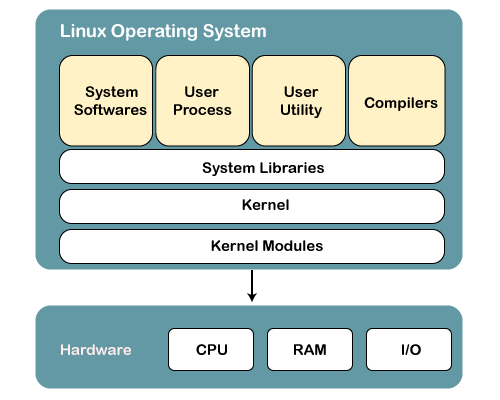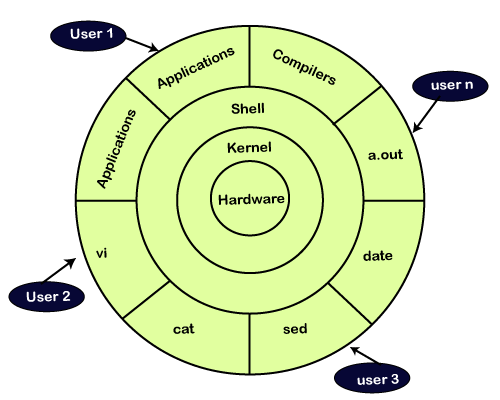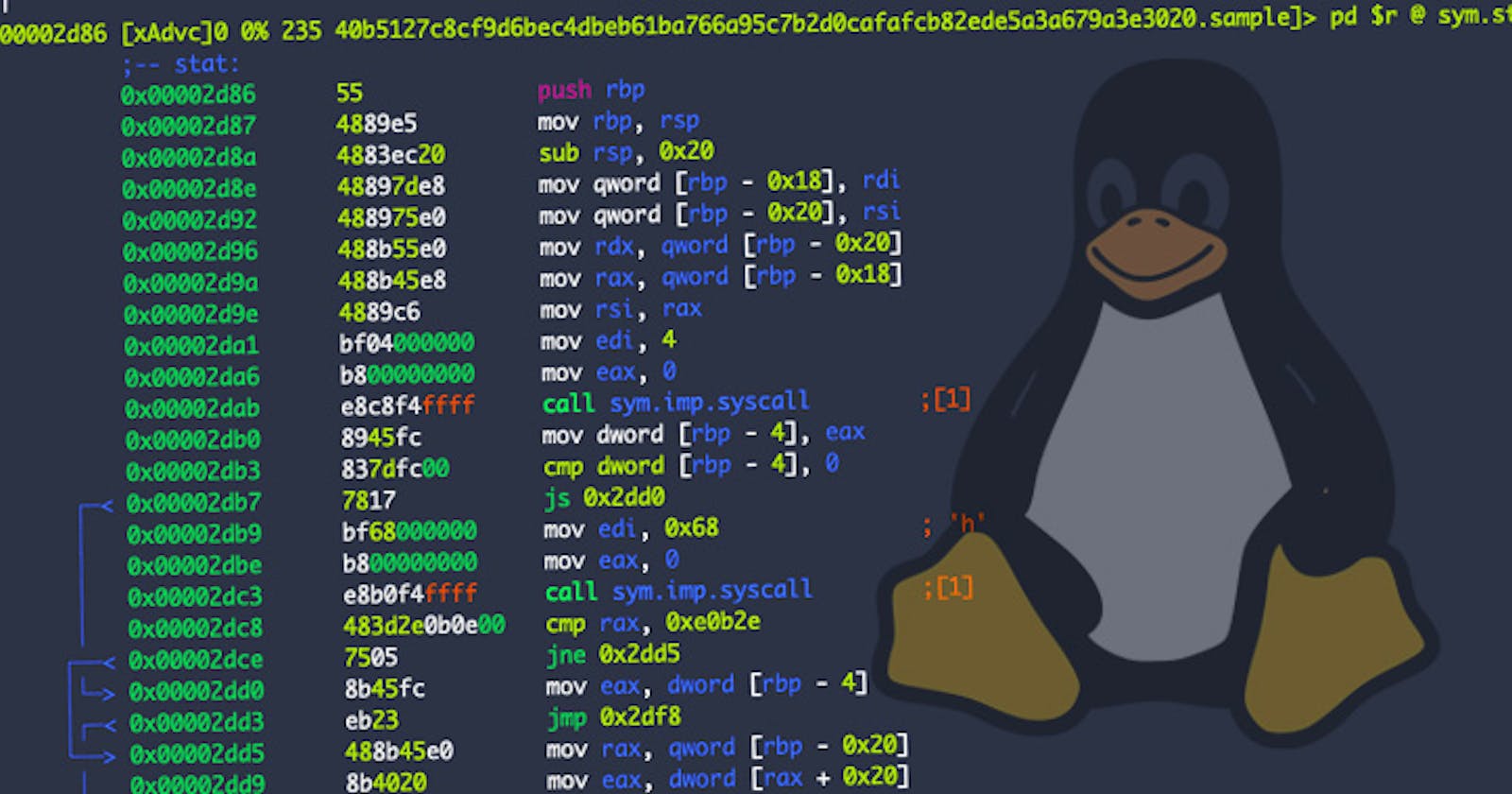Chapter 1 - WhatLinux?
In short, Linux is an operating system that is "for the people, by the people."
Linux
Its an operating system is software that manages all of the hardware resources associated with your desktop or laptop. To put it simply, the operating system manages the communication between your software and your hardware.
So, What is its distribution?
Its a flavor of linux to match your needs. These versions are called distribution or distros.
Popular Linux distributions include:
- LINUX MINT
- MANJARO
- DEBIAN
- UBUNTU
- ANTERGOS
- SOLUS
- FEDORA
- ELEMENTARY OS
- OPENSUSE
You will be surprise to know linux can be installed on any gadget, be IoT, USB, Harddrive, SSD, MemoryCard. from your smartwatch to freking satellite has linux installed. Even hashnode is also using linux in they are backend.
How does Linux work?
Think about an OS like a car engine. An engine can run on its own, but it becomes a functional car when it’s connected with a transmission, axles, and wheels. Without the engine running properly, the rest of the car won’t work.
Linux was designed to be similar to UNIX, but has evolved to run on a wide variety of hardware from phones to supercomputers. Every Linux-based OS involves the Linux kernel—which manages hardware resources—and a set of software packages that make up the rest of the operating system.
The OS includes some common core components, like the GNU tools, among others. These tools give the user a way to manage the resources provided by the kernel, install additional software, configure performance and security settings, and more. All of these tools bundled together make up the functional operating system. Because Linux is an open source OS, combinations of software can vary between Linux distributions.
Structure Of Linux Operating System
An operating system is a collection of software, each designed for a specific function. Linux OS has following components:

Kernel Linux Kernel is the core part of the operating system. It establishes communication between devices and software. Moreover, it manages system resources. It has four responsibilities:

System Libraries are special programs that help in accessing the kernel's features. A kernel has to be triggered to perform a task, and this triggering is done by the applications. But applications must know how to place a system call because each kernel has a different set of system calls. Programmers have developed a standard library of procedures to communicate with the kernel. Each operating system supports these standards, and then these are transferred to system calls for that operating system. The most well-known system library for Linux is Glibc (GNU C library).
System Tools Linux OS has a set of utility tools, which are usually simple commands. It is a software which GNU project has written and publish under their open source license so that software is freely available to everyone. With the help of commands, you can access your files, edit and manipulate data in your directories or files, change the location of files, or anything.
Development Tools With the above three components, your OS is running and working. But to update your system, you have additional tools and libraries. These additional tools and libraries are written by the programmers and are called toolchain. A toolchain is a vital development tool used by the developers to produce a working application.
End User Tools These end tools make a system unique for a user. End tools are not required for the operating system but are necessary for a user.
